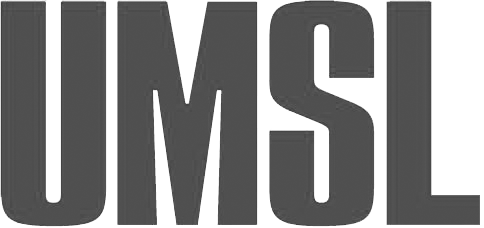By David Stiffler, Community Affairs Manager, Equifax
Stadium financing is controversial. The idea of the public shouldering considerable financial burden to attract or retain a single owner or wealthy group of investors remains distasteful to many. Adding to negative public perception is the relative lack of examples where sports facility construction correlated to significant economic development for the surrounding communities. However, there is an effort underway in the Westside of Atlanta that offers more than just hope that stadium construction can be a catalytic driver of comprehensive community improvement – it offers a blueprint for strategic public/private collaboration. Equifax Inc. (www.equifax.com) has been involved in that effort from the beginning.
Headquartered in Atlanta, Equifax Inc.’s second largest population of employees is in St. Louis. In both cities, we are committed to geographically-focused community investment strategies that are collaborative in nature, evidence-driven and long-term. Our St. Louis “footprints” are Old North and the South Jefferson corridor where over the past five years we have invested close to a million dollars.
The Westside has always been central to Atlanta’s African-American social and economic fabric. It remains home to some of the city’s most significant and influential cultural institutions and iconic leaders. Dr. King lived in Vine City at the time of his assassination. Anchor institutions, such as Morehouse College and Spelman College, historic restaurants, and small businesses are still owned and/or largely staffed by people who grew up in the Westside. Yet, years of challenges have led to properties and people neglected and disconnected from the core of Atlanta. It’s a situation not dissimilar to many of the realities and challenges that impact downtown, North City and County, and East St. Louis. With the likelihood of a new stadium, or at least a “Plan B” here in St. Louis, we also have a unique opportunity to share something more positive: best practices.
Several community leaders in Atlanta reminded me that the Georgia Dome (1992) and the Atlanta Olympics (1996) fell short on the promise of economic development for the surrounding neighborhood including the Westside. Arthur M. Blank, co-founder of Home Depot, noted philanthropist and owner of the Atlanta Falcons football team, had that in mind when he set about a plan to do things differently with the construction of the new Atlanta stadium. The foundation made strategic hires, bringing in first rate leaders specifically to work in the Westside. His Atlanta Falcon’s leadership structured their corporate partnerships with a component around Westside engagement and support. He reached out to the Atlanta Committee for Progress (akin to St. Louis’ Civic Progress) and helped jump start a task force to consider the best way for the most powerful companies in the city to work with the Mayor’s office and all of its major public entities. The task force, in turn, created of a new non-profit (The Westside Future Fund) that will lead comprehensive revitalization work alongside The Arthur M. Blank Family Foundation.
St. Louis can and should learn from this work. We have wonderful regional examples of public and private collaboration: CityArchRiver, St. Louis Graduates, 24:1 and the nascent Ready by 21 initiative. All point to our ability to work across sectors to accomplish important results. We have tremendous leaders across sectors. We need to view the potential for a new stadium as a tie that binds development efforts in North City with development efforts in downtown and East St. Louis. We need to view this opportunity as a chance to drive racial and economic inclusion through workforce development, job creation, social entrepreneurship and a variety of other economic opportunities. We need community and non-profit leaders, elected officials and private sector leaders to use this moment to connect our regional work. We need to consider how we sustain this work – whether we create something like our own Westside Future Fund or consider building capacity for an existing agency to take on this work.
Our work in the Westside coupled with our five years of work in North City allows Equifax Inc. a unique vantage point. We have begun to align our efforts between the two cities particularly around economic development. We co-lead an economic development roundtable in the Westside with Frank Fernandez, VP from The Arthur M. Blank Family Foundation, and will kick off a similar effort in North City in late August. Equifax Inc. is just one piece of the overall redevelopment puzzle
However, The Arthur M. Blank Family Foundation is exceptionally well-resourced and especially committed. National reports tell us that St. Louis has great family wealth. Having a strong philanthropic foundation or family trust step forward would help galvanize a comprehensive effort and help create a common narrative and shared future for North City, downtown and East St. Louis. Committing to such a course has value regardless of a new stadium. Whether St. Louis hates or embraces the idea of a new stadium, the region should not lose this rare opportunity to unite the great efforts underway in North City, downtown and East St. Louis around a shared resource.
Articles in “From the Field” represent the opinions of the author only and do not represent the views of the Community Builders Network of Metro St. Louis or the University of Missouri- St. Louis.







